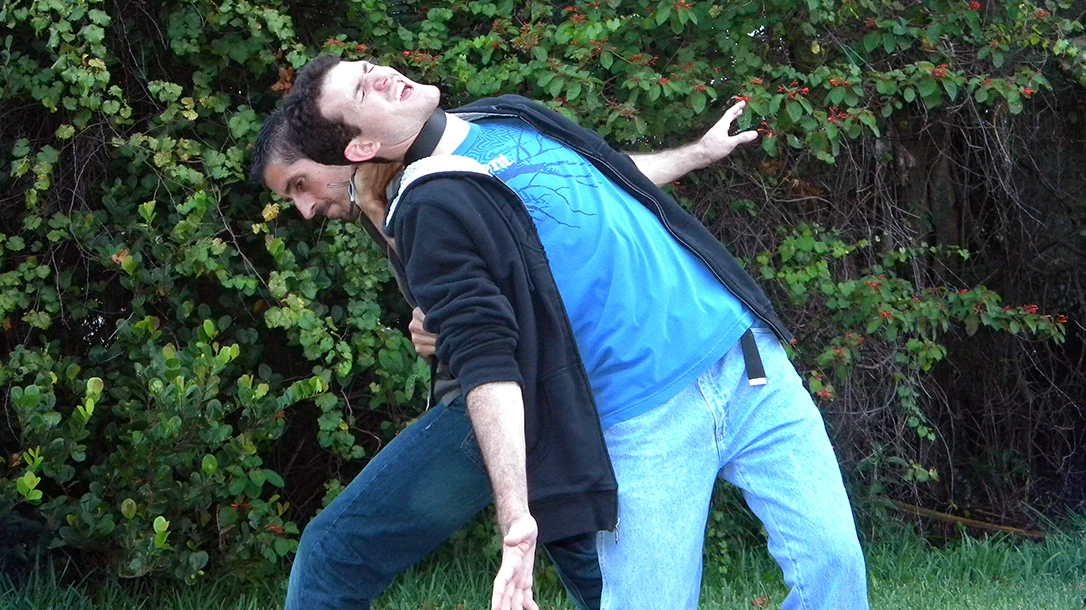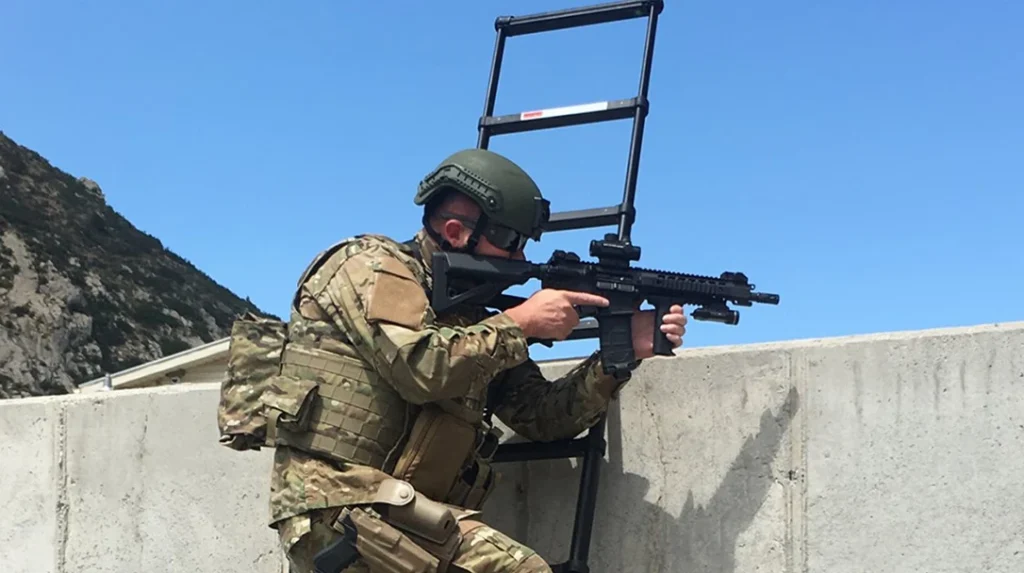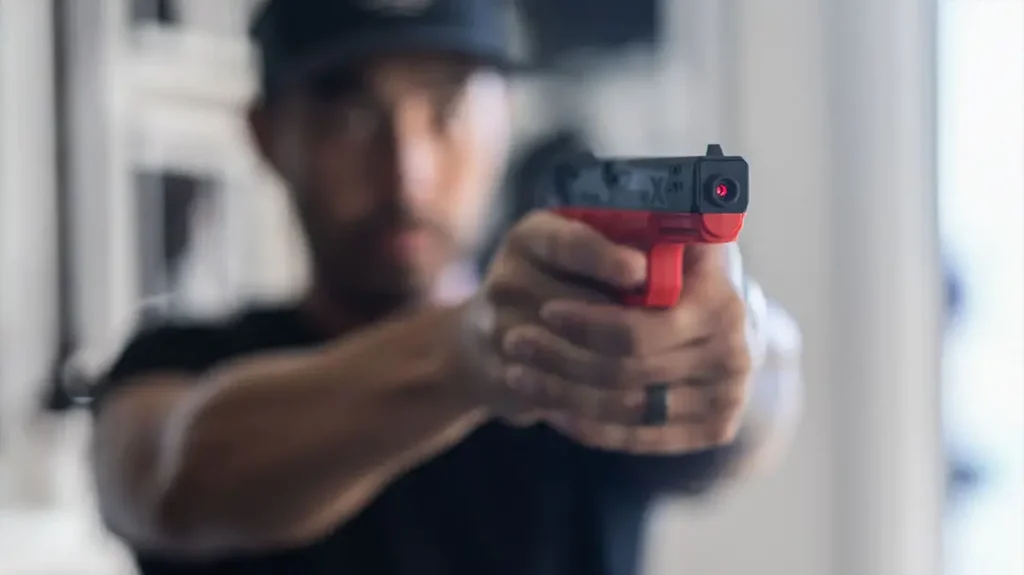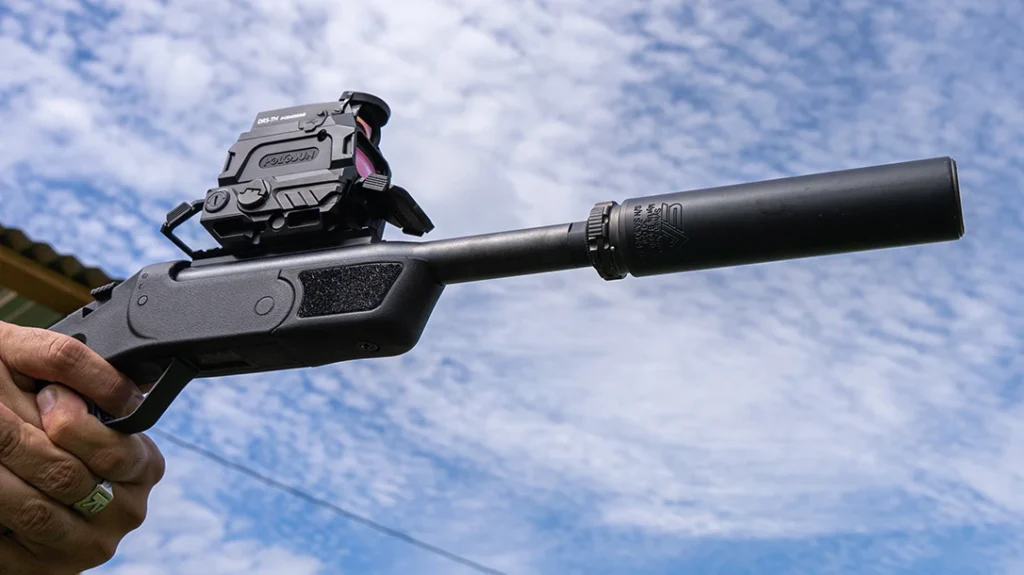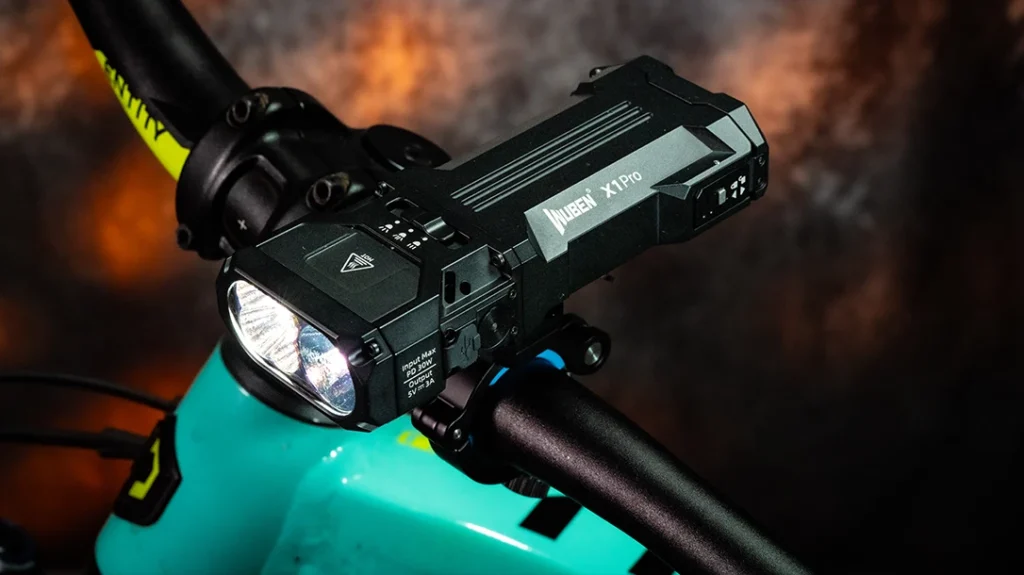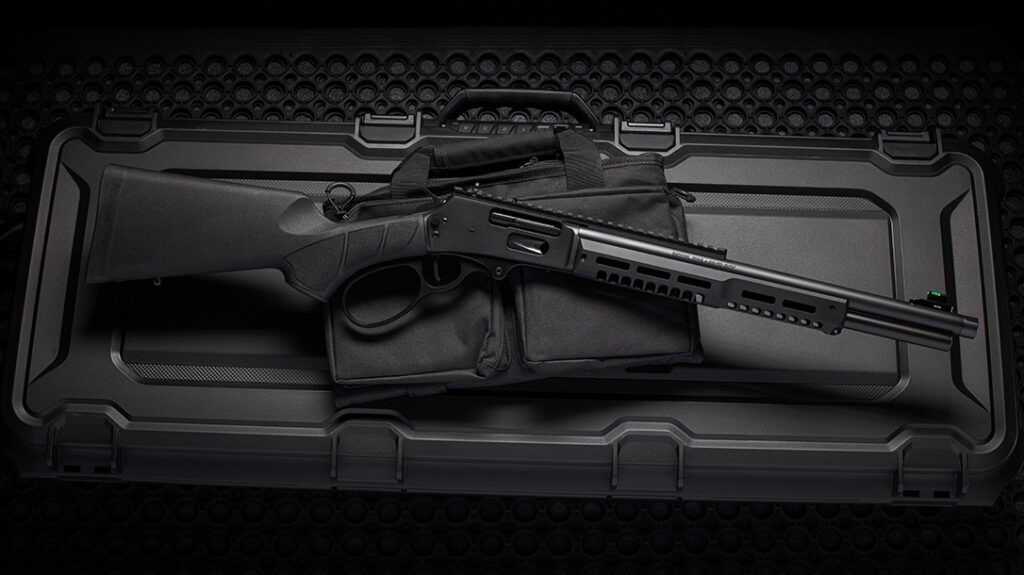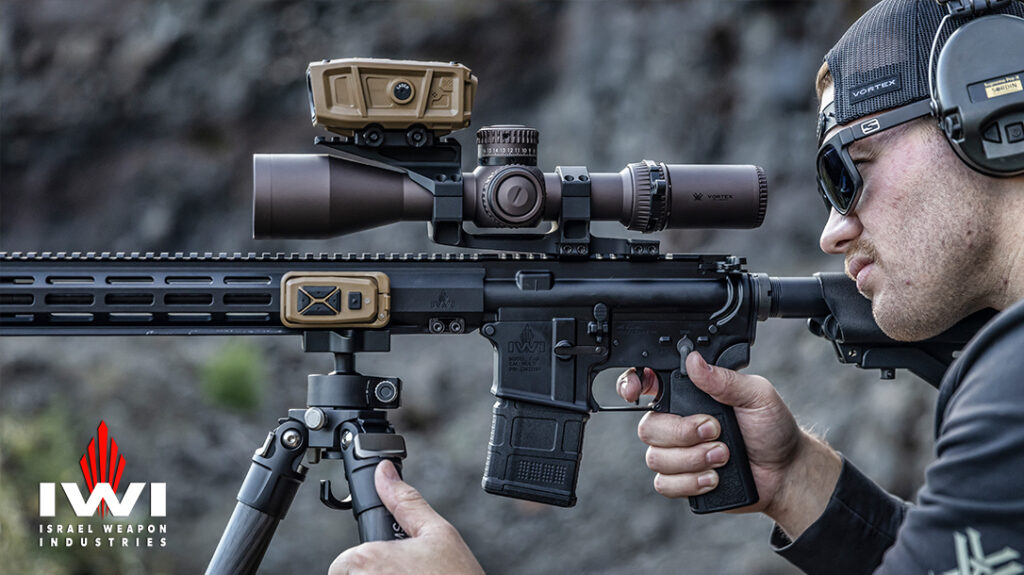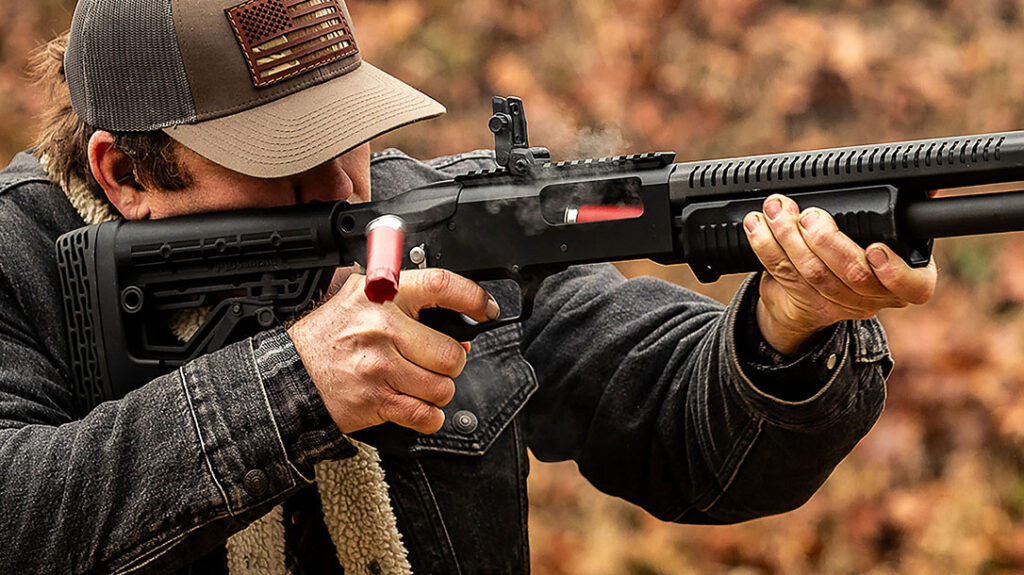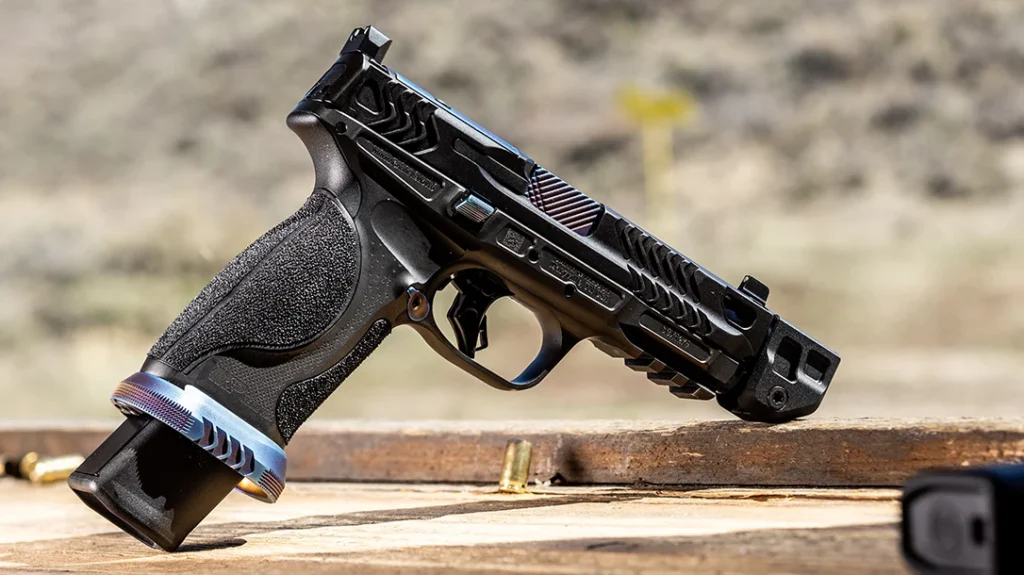Carrying a weapon for self-defense is always a wise idea. They are sometimes given as gifts, bought at local gun and knife shows, or just are the “in” thing to hang from your already-overcrowded keychain. But what about the option around your waist? Can you use your belt as an improvised self-defense weapon?
Using Your Belt for Last-Ditch Self-Defense
Often, most self-defense weapons are carried for a few days or weeks and then left at home. However, there is one improvised weapon that numerous people, both men and women, travel with every day. Specifically, the belt around their waist.
This usually leather-constructed strap with a hard metal buckle can be a viable self-defense weapon in a pinch. The key is knowing how to exploit its many advantages.
Advertisement — Continue Reading Below
Creating Distance
One potential use for a belt during a physical conflict is to help create distance between you and an attacker. It’s true that an assailant can just rush at you and either take you down or strike you. However, he or she may think twice if they see you are brandishing some sort of weapon. This gives you at least some advantage in the situation.
Also, if you show your attacker that you’re confident in handling and controlling your weapon (i.e., your belt), they may rethink their decision to assault you. Most attackers prefer easy victims. However, if the attacker advances, you can sharply swing the buckle at them to help keep them at bay. Likewise, you can snap the buckle at their face like a wet towel in the school locker room.
Another option is to fold the belt in half and whip them with it. Although not as devastating as the buckle, this method delivers faster blows and is easier to recover from for follow-up strikes. This is beneficial when the attacker also has a weapon such as a knife, razor cutter, or glass bottle.
Advertisement — Continue Reading Below
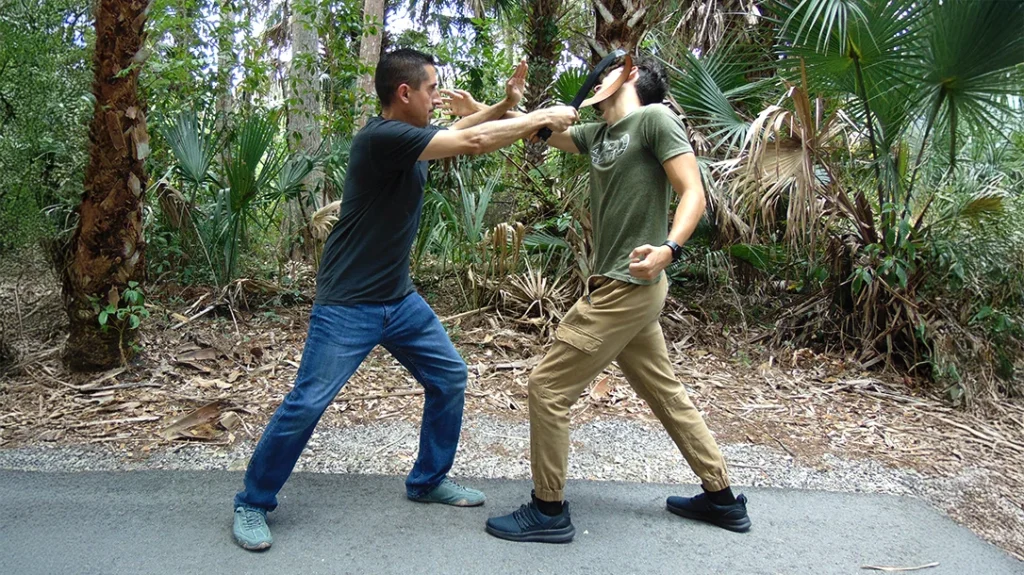
Offensive Use
You can utilize the belt in numerous ways when it’s time to go on the offensive. A heavy leather belt is by no means a gentle tap to the attacker. Instead, it can deliver an impactful slap across their face or other bare skin areas of their body.
Focus is key to landing the perfect hit. Aim for the vital areas of the face, including the eyes, nose, ears, and throat. A leather belt across the eyes will cause pain, tearing, and throbbing across their face (especially if you get the bridge of their nose at the same time). This allows you to counter or flee to safety.
Advertisement — Continue Reading Below
Utilizing All Components
Like a simple stick, there is no “official” location on the belt to grip it. Instead, utilize the entire length of leather in a variety of ways.
One method is to swing the belt around with the heavy metal buckle on the far end. When enough centrifugal force is achieved, aim and release it towards your foe’s head. If you strike him or her, great. If not, you can retract it quickly and try again.
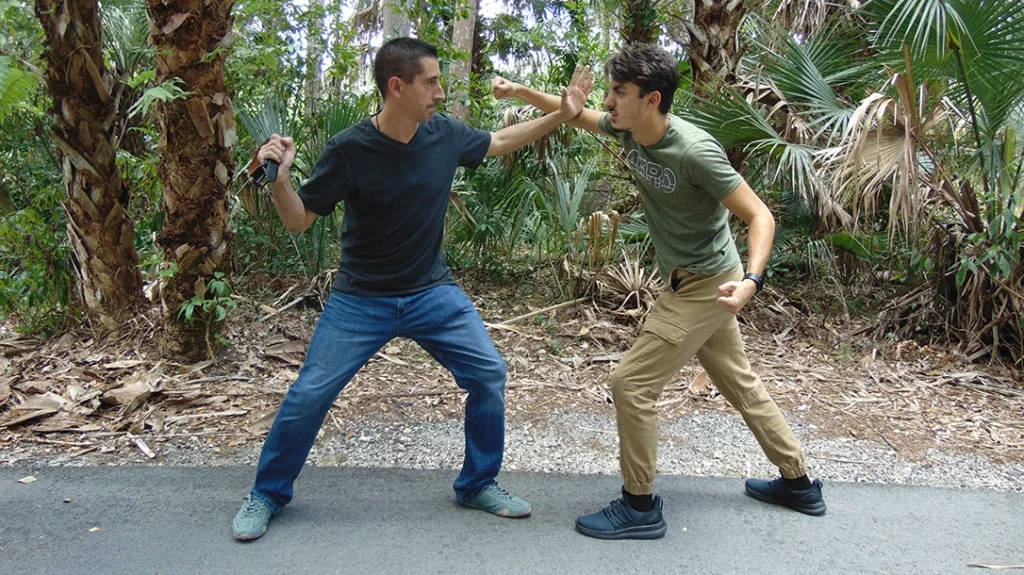
Advertisement — Continue Reading Below
Likewise, if worst comes to worst, and the attacker breaches your defense and gets in close, you can use the prong (the metal piece of a belt that goes into a hole on the belt) as a gouging tool and dig it into their eyes, neck, or any exposed skin.
Like a kubaton, this should make the attacker momentarily ease up on you due to the pain and surprise. This will allow you to counter or escape. However, you have to be quick and not hesitate. The shock won’t last long for them.
More Advanced Belt Techniques
As you become more natural with your belt as a weapon, you can learn more advanced tactics and techniques. Some martial arts dojos incorporate such training into their curriculum. They may practice with their colored waist belts to mirror that of using your own everyday belt.
Advertisement — Continue Reading Below
Some Ju-Jitsu schools (Japanese, not Brazilian) teach Hojojutsu, or the art of tying using cordage, in their regular sessions. Techniques such as choking an opponent with a cord or strap, restraining them after they have been neutralized, and deflecting oncoming strikes or kicks using a belt or strap are practiced.
Takedowns by ensnaring the leg or neck are highly advanced and may take years to master. Be sure to ask if they teach cord or belt techniques prior to signing up for any martial arts school.
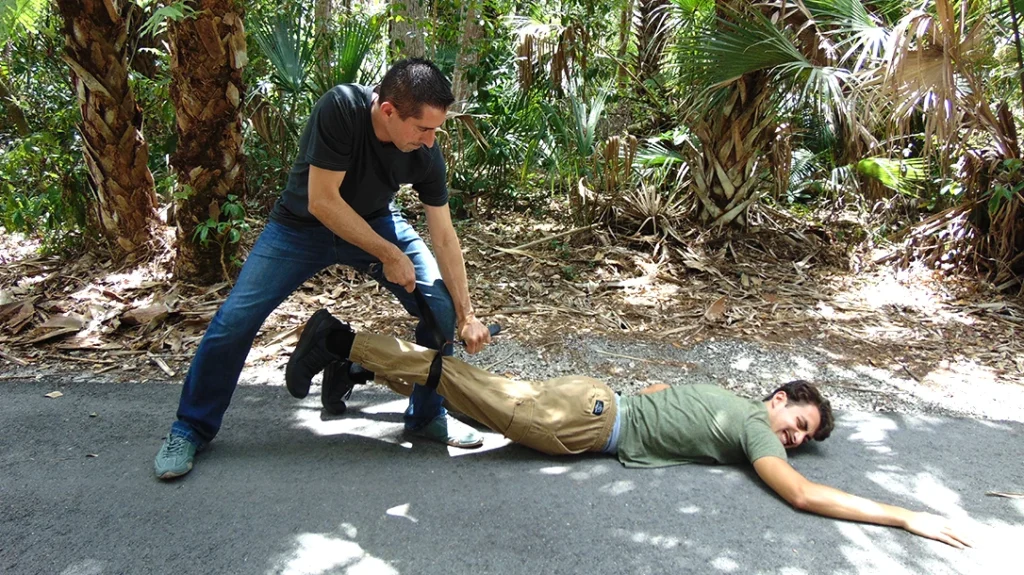
Advertisement — Continue Reading Below
A Great Back-Up Plan
By no means am I saying that if you have a belt, you don’t need to carry any weapons. Naturally, the more you carry (with proper training), the better advantage you may have when assaulted without provocation.
However, if you have no other options available and are comfortable using it, your belt can help turn the tide during a physical confrontation. Believe me, that leather strap to an attacker’s face will definitely leave a mark.
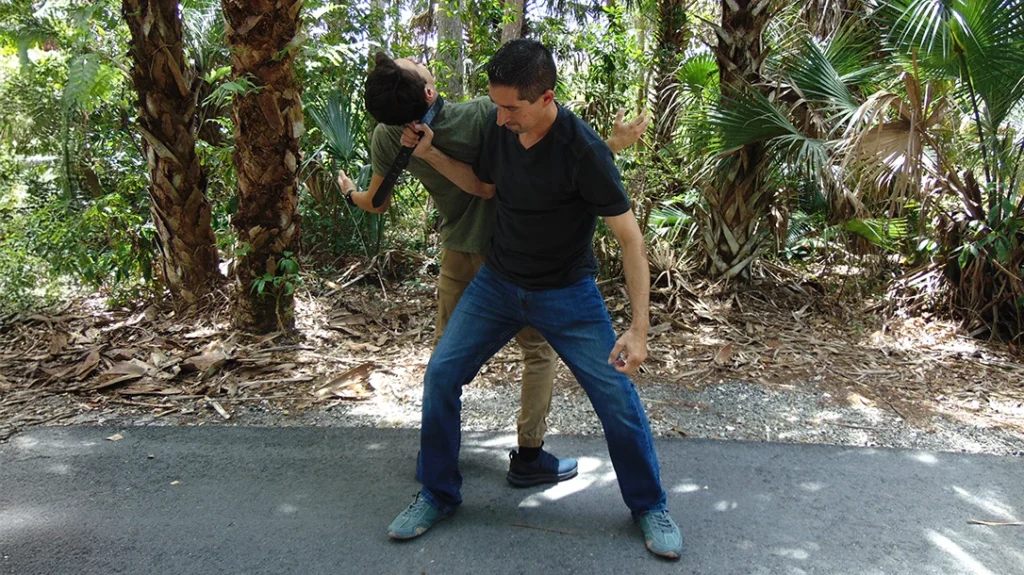
Advertisement — Continue Reading Below
